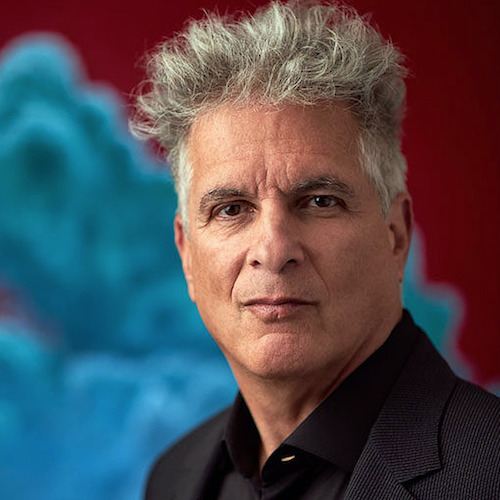

High COVID-19 vaccination rates and the workforce’s recovery from omicron infections are positive signs as the senior living and care sector climbs back to pre-pandemic occupancy levels, according to Sabra Health Care REIT CEO Rick Matros.
Matros cited a staff vaccination rate of 87% and a resident vaccination rate of 92% during a fourth-quarter earnings call on Tuesday. About half of Sabra’s operators have implemented vaccine mandates, he said, adding that 25.5% of Sabra’s operators are back to pre-pandemic occupancy levels.
“With staff coming back in droves, it’s having a direct impact on occupancy,” he said, adding that the Irvine, CA-based real estate investment trust’s managed portfolio saw a 46 basis point (0.46%) improvement in occupancy in the past two weeks.
Although Matros predicted that Sabra’s skilled nursing portfolio is a year away from returning to close or at pre-pandemic occupancy levels, he said that senior living likely will take a little longer and recover in the latter part of 2023.
“We are more optimistic that, absent the emergence of a new variant, our portfolio and the broader industry can get back on track toward recovery,” he said.
Senior housing
In its same-store senior housing managed portfolio, revenue increased 3% on average across Sabra’s assisted living communities, driven primarily by annual rent increases in the Enlivant portfolio.
Continued move-in rates at or exceeding pre-pandemic levels, and normalizing move-out rates, point to the strength of demand for senior living, Chief Investment Officer Talya Nevo-Hacohen said.
“We have heard from our operators that 5% to 7.5% rate increases have gone unquestioned by residents and their families, while at the same time our operators are seeing move-ins from competing communities where aggressive pricing has changed residents’ view of value,” she said.
After several months of steady gains following COVID-19 vaccination clinics, occupancy growth slowed in the fourth quarter due to the omicron variant and normal seasonality. Operating expense growth was concentrated in the assisted living portfolio, primarily driven by higher wages and increased use of agency staffing.
In the senior housing managed portfolio, average occupancy in the fourth quarter was 79.4%, compared with 78.8% in the third quarter — a 60 basis point (0.6%) increase. A dip in assisted living occupancy following the third quarter was driven by increased move-outs in memory care communities, but it began to recover late in the fourth quarter and into 2022. From December to January, occupancy increased 108 basis points (1.08%), making up most of the decline in the fourth quarter.
Sabra’s independent living portfolio experienced less occupancy loss than assisted living, but recovery has been more gradual. From December to January, occupancy decreased 119 basis points (1.19%). Occupancy increased by 73 basis points (0.73%) in the Canadian portfolio, whereas occupancy declined by 165 basis points (1.65%) at Sabra’s U.S. independent living properties.
Investments
Rounding out a full year of 2021 investment activity totaling $419.4 million, during the fourth quarter Sabra, acquired a senior living community for $26.3 million. It also completed the sale of two senior living communities, four skilled nursing / transitional care facilities and two hospitals, according to a news release.
After the fourth quarter ended, the REIT acquired a managed senior living community for $26 million.
As previously reported, Sabra and Markham, Ontario-based Sienna Senior Living also have agreed to acquire a portfolio of 11 Canadian senior living communities in Ontario and Saskatchewan for $243 million. The 1,048-unit portfolio, operating under the Espirit name, will be acquired through a newly formed 50/50 joint venture. The deal is expected to close in the second quarter.
Matros said the REIT’s acquisition pipeline sits at $1.4 billion, primarily in senior living.
“We have diligently pursued opportunities to expand our presence in Canada over the last several years,” he said. “Canada has proven to be a stable market, and we look forward to continued growth there.”


